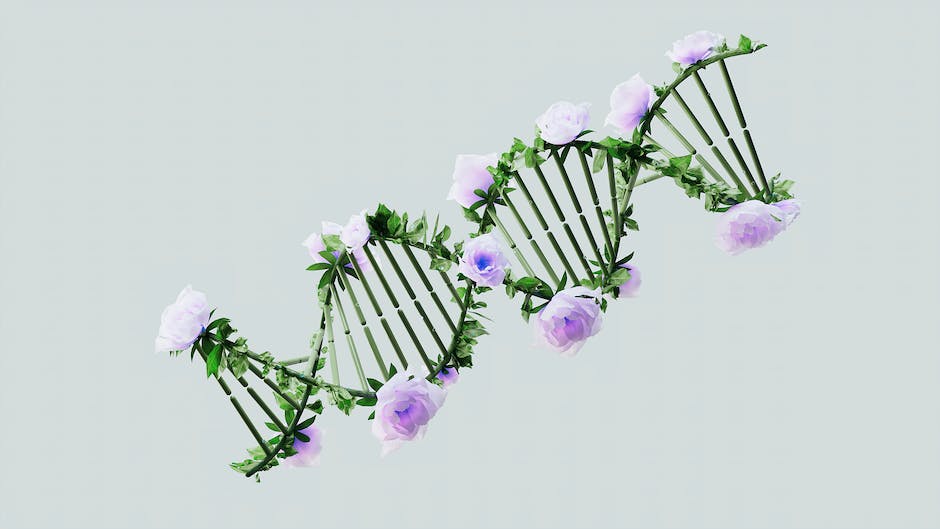
Dna Barcoding And Crab Identification: Enhancing Wild Crab Fishing With Genetics
Have you ever gone crab fishing? It's a fun and exciting activity that many people enjoy. However, identifying the species of crab you catch can be a challenge. That's where DNA barcoding comes in.
DNA barcoding is a technique that uses a short, standardized DNA sequence to identify species. It's like a barcode for living things. By comparing the DNA sequence of a sample to a reference database, scientists can quickly and accurately identify the species.
So how does this help with crab fishing? Well, there are many different species of crabs, and some are more valuable than others. For example, the Dungeness crab is highly prized for its sweet, delicate meat, while the rock crab is considered a nuisance by many fishermen.
By using DNA barcoding to identify the species of crabs caught, fishermen can target the more valuable species and avoid wasting time and resources on unwanted crabs. This can lead to more efficient and sustainable fishing practices.
But DNA barcoding isn't just useful for fishermen. It can also help scientists better understand crab populations and their genetic diversity. This information can be used to inform conservation efforts and ensure that crab populations remain healthy and abundant.
One example of how DNA barcoding is being used to study crab populations is in the Gulf of Mexico. Researchers are using DNA barcoding to identify the species of crabs found in different areas of the Gulf and to track changes in their populations over time.
Another example is in the Chesapeake Bay, where scientists are using DNA barcoding to study the blue crab population. By analyzing the genetic diversity of blue crabs in different parts of the bay, they hope to better understand how environmental factors and human activities are affecting the population.
Overall, DNA barcoding is a powerful tool for enhancing wild crab fishing and studying crab populations. By accurately identifying crab species, fishermen can target the most valuable species and avoid wasting resources. And by studying crab populations using DNA barcoding, scientists can better understand these important creatures and work to protect them for future generations.